Jim Zuckerman’s
P H O T O I N S I G H T S
June 2024

Perfect composites
No tripods allowed
Capturing lightning
Photography quiz
Photo tours
Ask Jim
Student Showcase
Back issues
Table of Contents
4. The secret to perfect composites
9. tNo tripods allowed 10. Capturing lighting
16. Photography quiz
18. Jim’s eBooks
21. What’s wrong with this picture? 24. Short and sweet
26. Ask Jim 27. Photography tours 29. Student Showcase 35. Past issues
42. Subject index

On the cover: Male resplendent quetzal returning to the nest, Costa Rica.. This page: Red fox captured during Jim’s annual Winter Wildlife Workshop conducted in Montana.
2

Photography has always been about problem solving. Traditional artists, it seems, don’t have any problems. They have a canvas, a palette of paints, and a brush. That’s it. But photographers have to deal with low light environments, limitations of dynamic range, contrast issues, frigid temperatures, heat and humidity, dust, depth of field problems, noise, carrying heavy gear, exposure situations in which light meters are useless (like when shooting fireworks or lightning), uncooperative subjects, subjects that simply move too fast, distracting and unattractive backgrounds, and more.
Virtually every article I write that pertains to photography is all about how to solve problems we all face sooner or later. Artists who paint blank canvases have to create the forms, composition, texture, color, and light and shadow of their works of art. Photographers just push a button and poof, an image appears. But the complex thought process we have to go through to get there, and the learning curve that confronts us with respect to our ever-changing equipment, is the reason it usually takes years of practice to develop artistic maturity.
When I look back at my work after I’d been a photographer for the first 10 years, and making a living at it, I say to myself, “What were you thinking?” In other words, from the perspective I have now, my work wasn’t very impressive even though I’d been shooting for a decade.
Overcoming myriad photographic challenges, becoming so familiar with your gear that it’s second nature, and developing artistic maturity takes years. Be patient with yourself. Enjoy the process.
Jim Zuckerman photos@jimzuckerman.com www.jimzuckerman.com
3
Perfect Composites The Secret to
Flawless composites are not difficult. After all, this isn’t rocket science. It’s just a matter of paying attention to the edges of the images. You don’t want a telltale line that comes from the original background and now appears around the pasted in photograph. That’s an immediate giveaway that your image has been “Photoshopped”. The point isn’t to deceive people; rather, it’s to make composites that are completely believable.
A case in point is the image below and the com-
posite on the next page. I selected the snowy owl and then pasted it into the image of the storm clouds. At first glance, it looks perfect. But study the two images on page 6 and you’ll see the problem. In the top image, there is a very thin blue line bordering the owl from the original sky color. This is unacceptable.
The second problem is that the edge of the wing is too sharp. It doesn’t blend with the new background, the storm clouds, in a natural way. If you study the bottom picture on page 6,

4
you will see these flaws have been corrected. The blue pixelated line is gone, and the wing blends with the background in a natural way. The bird now looks like it belongs there.
Let’s review how to make a basic cut and paste composite. Then I’ll explain how to address these subtle nuances to make the end product perfect.
The
procedure
The first step is to make a selection of the image or part of the image that will be pasted into another photo. There are five tools you can use: the rectangular or elliptical marquee tool; the lasso tool; the quick selection tool; the magic wand tool or the pen tool. It takes time and experience to know when to use which tools for specific photographic situations. The
result of each one of them is a selection defined by ‘marching ants’ around the image.
Next, you have to copy this selection to the clipboard. The clipboard is Photoshop’s place for temporarily holding a photo or part of a photo. It is invisible, and it can only hold one image at a time. When you choose Edit > copy (or use the keyboard shortcut Command/Ctrl C), the selected image area is placed into the clipboard. You can’t see the image move there, but it just does.
Now you open another image and choose Edit > paste (or use the keyboard shortcut Command/Ctrl V). This command pastes the clipboard image into the new background creating layer 1. Using the move tool, you can move the new layer into place. This is the procedure I used to create the image below.

5
The Nuances
There are two commands needed to eliminate the telltale colored line around the subject. I use these pulldown menu commands in virtually every composite I make.
In the example of the snowy owl composite, the sky background was selected using the magic wand and the lasso tools. To eliminate

the blue line from the original image, I needed to expand the selection away from the sky and into the owl. Therefore, I used Select > modify > expand. In the dialog box that opens, above, I usually choose 2 pixels. Sometimes, though, only one pixel is needed, and in other instances I’ll choose 3 pixels. The point is to move the selection line (the marching ants) away from the background.


6
Winter Wildlife Workshop
February 6 - 11, 2025y 13 - 22024
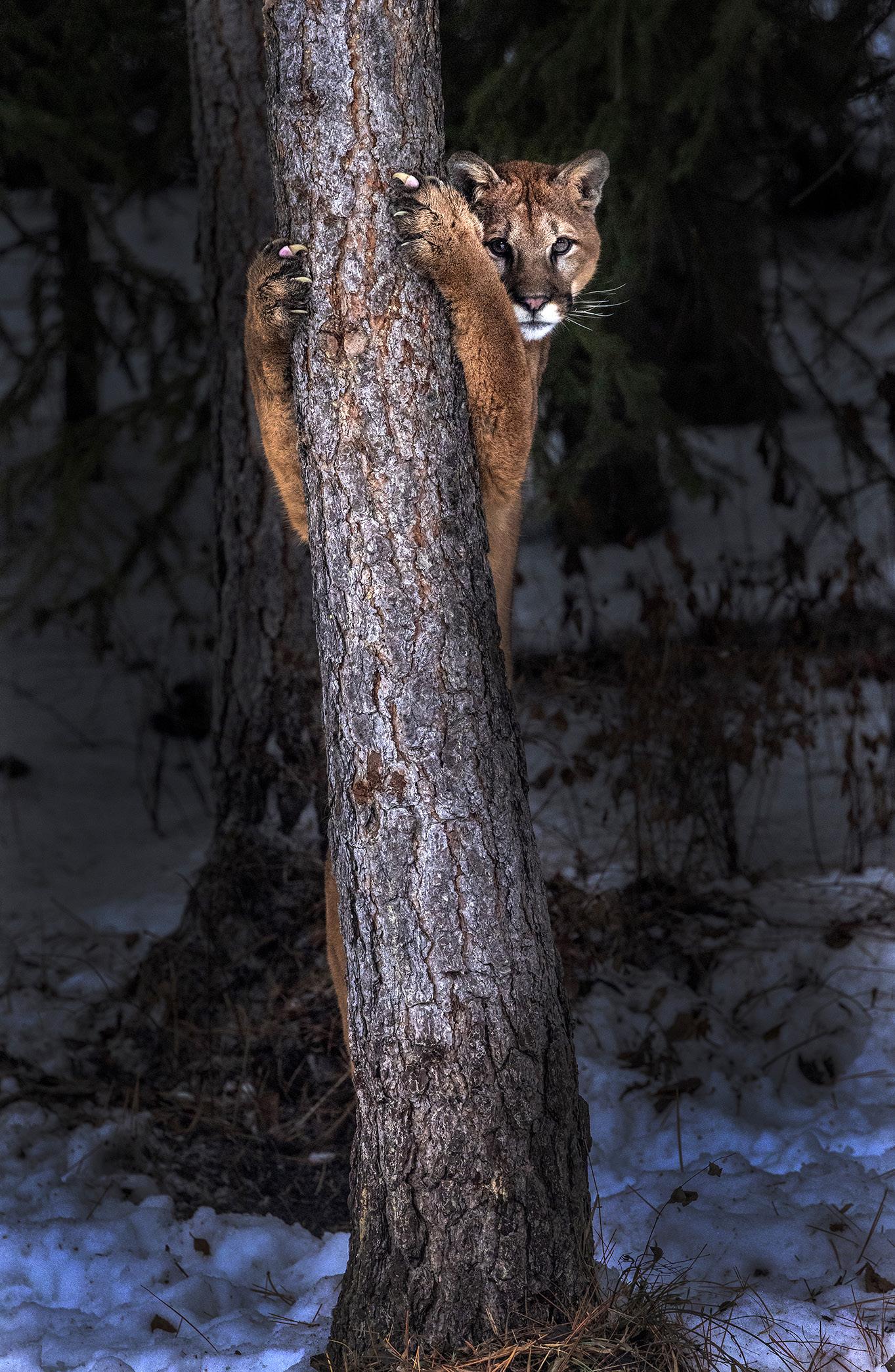


7
Had the owl been selected instead of the sky, I then would have used the pulldown menu command, Select > modify > contract. This would have done the same thing: Move the marching ants away from the background sky and into the owl. In this way, the thin blue line is eliminated from the selection, so when the selected element is pasted into the new background, the edge of the subject is devoid of the unwanted color.
The second command I use to make the composite perfect is Select > modify > feather. In the dialog box that opens, I choose a 1 pixel feather in almost all instances. This softens the edge of the pasted-in element just enough so it blends with the new background naturally. Virtually all composited images need to be feathered or else, upon close examination, the edge of the selected subject will look unnaturally sharp.
Using these two commands is what I call the ‘the secret weapon’ of compositing. They make composites look believable.
The A4 class locomotive Mallard, below, is from the National Railways Museum in York, England. I photographed it indoors and composited it with an English village. In the screen capture immediately below made at 500%, you can see that us-

ing this technique produces a perfect blend between the train and the new background. §

8
No Tripods Allowed
Tt
oo often photographers are faced with very dark interiors in which tripods are prohibited. The only approach we can use in situations like this is to shoot wide open and raise the ISO. If you want depth of field, though, where a small lens aperture is required, you’re out of luck.

There is another possibility, though. I came up with this idea when I was shooting the very dimly lit cistern, below, in Istanbul. This was a water storage facility during the Byzantine Empire, and I wanted to use a telephoto lens to compress the long line of columns. At the same time, this image would only look good if I had complete depth of field so each of the columns was sharp.
As I was thinking how best to deal with this problem, it occurred to me that there was a prohibition against using a tripod, but there was no prohibition against using a ballhead. So, I took the ballhead off my tripod and placed the smooth flat surface of the bottom of the head on the stone floor. I mounted the camera on the ballhead, used the articulating LCD screen to compose the picture with a 105mm focal length, and took the shot. My settings in this very dark environment were 8 full seconds, f/22, and 200 ISO. I applied a firm, downward pressure on the camera and ballhead for stability, and I used the self-timer instead of a cable release to prevent jarring the camera when the shutter was depressed.
The guards who were present watched me working and they didn’t say a thing. I wasn’t using a tripod, after all, and that’s all they cared about. §
9
Capturing Lightning
Lightning is elusive and challenging to photograph because it happens so fast. Each bolt lasts about 1 - 2 microseconds and, when there are multiple bolts, the delay between them is around 50 microseconds. When lightning seems to last longer than this, it is the latent image on the retina of your eye that makes it seem relatively easy to capture.
There are two ways to shoot lightning that produce consistently good results. First, you can shoot at night with a long exposure. Second, you can use a lightning trigger during the day.
The easiest and least expensive way to photograph lightning is at night. You don’t need to purchase additional equipment, because what you already have, whether a dSLR or mirrorless camera body, will take great images.
Lens choice:
The first decision you have to make is what focal length to use. During an electrical storm, lightning usually appears in a particular section of the sky. That area can be quite large. If you use a wide angle such as a 24mm lens, you will encompass a large portion of the sky and

10
you’ll capture most of the lightning strikes. The problem is that the bolts will appear to be small in the frame, and the picture won’t have a lot of visual impact.
On the other hand, if you use a telephoto lens in the 200mm to 300mm range with the idea that filling the frame with the bolts is the best approach for maximum drama, you may miss the center of the action because the angle of view is too narrow.
The solution? I find a focal length of about 150mm is a good compromise. This makes the lighting look significant in the frame, and if you’ve selected correctly where most of the lightning is occurring, you will get a lot of excellent images.
Exposure
The exposure meter in your camera isn’t capable of giving you an accurate reading on lightning. It is entirely a trial and error type of situation. Based on years of experience, here are my settings: I use ISO 200 at f/11. If the bolts are fairly far away, I use 200 ISO at f/8.
When shooting at night, I set the shutter to 30 seconds. If no electrical activity occurs, I simply open the shutter again for another 30 seconds and repeat this over and over until the storm is spent. During this long interval, you can capture multiple bolts as well as detail in the clouds when cloud-to-cloud lightning occurs.
If you are shooting in or near a city, light pollution is a problem. I recommend using shorter exposures of 10 to 15 seconds and 100 ISO.
The pictures must be taken from a tripod, and I recommend turning the IS feature off. In addi-

11
Lightning captured in San Miguel de Allende, Mexico, from the balcony of a B & B.
tion, you don’t need a cable release or the selftimer. Simply depress the shutter button as you normally do. Any camera movement that occurs won’t affect the pictures.
White balance
I always shoot lightning with daylight white balance. Usuallly the images turn out with a magenta or purple cast. Experiment with tungsten or AWB if you want something different. In post-processing, of course, you can change the color balance to whatever you want. Make sure you shoot in RAW mode for the maximum dynamic range of this very contrasty situation.
Lightning trigger
When lightning occurs during the day, it’s obviously impossible to leave the camera’s shutter
open for 30 seconds. The only way to capture lightning during daylight hours is with a lightning trigger. This is a device that attaches to the hotshoe of the camera, and when it detects a lightning strike it automatically opens the shutter and takes the picture.
The exposure is based on the ambient light, so the shutter speed, aperture, and ISO settings are determined by the camera’s meter. The shutter speed, though, should be 1/4 second and not faster. This gives the lightning trigger and the mechanics of the camera time to record the lighting while the shutter is fully open.
You can buy a lightning trigger at B&H. I’ve used the Miops Camera Trigger and it works quite well.
Focus

12
Ethiopia Photo Tour
Jan. 21 - Feb. 3, 2025

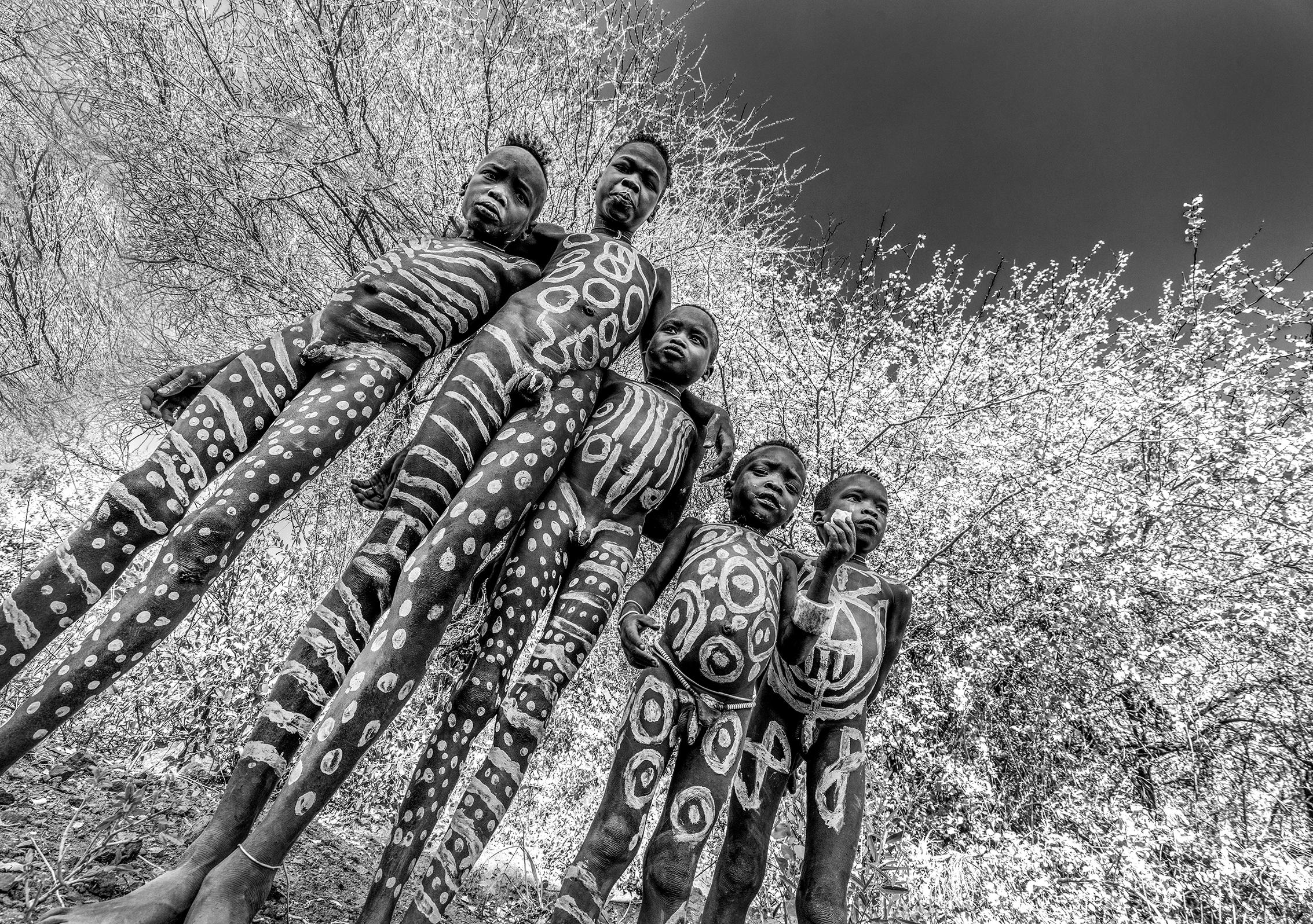
13

Focusing on the night sky is an exercise in frustration. It’s virtually impossible, even with autofocus, and this is especially true with lightning. If you aren’t critically focused on the distant electrical storm, though, you’ll be very disappointed with your pictures.
It would seem the easiest solution is to turn the focusing ring on the lens to the infinity mark, and then the distant sky is in perfect focus. Well, that might be true and it might not -- depending on the lens and the manufacturer. Some lenses allow for expansion and contraction due to temperature which affects critical focus at infinity. This means the actual infinity focus is slightly different than indicated on the lens. Since it’s hard to know how your lens is manufactured, use my focusing technique I describe in the next paragraph.
To guarantee sharp pictures of lightning, take the camera off autofocus mode. Focus manually on a distant street lamp, an illuminated window in a home that’s quite far away, or even distant headlights of a car. If there are no lights at all anywhere to be seen, then use a flashlight to focus on. Have a friend walk about 200 feet away from you (assuming you are using a 150mm focal length) and point the flashlight toward the camera. Focus on the light and make sure you don’t move the focus ring when shooting.
Safety concerns
Lightning is dangerous. Don’t set up the camera in an open field, a golf course, etc. Stay away from standing water, damp ground, tall trees, electrical appliances, and even metal tripods. Use carbon fiber instead. §
14
Pantanal Photo Tour, Brazil
Jaguars in the wild, birds, caiman, otters and more
Nov. 9 - 17, 2025


15
Photography Quiz
1. Moving further away from the subject and then re-focusing on the subject does what to the depth of field?
a. Increases the dof
b. Decreases the dof
c. The dof remains unchanged
d. None of the above
2. In the subtractive colors of CMYK, what color is ‘K’?
a. Blue
b. Yellow
c. Black
d. Red
3. In the additive colors of RGB, what does ‘G’ stand for?
a. Gray
b. Green
c. Gold
4. An extension tube that is 24mm used on a 50mm normal lens causes how much light loss?
a. 1 f/stop
b. 2 f/stops
c. 3 f/stops
5. What keyboard shortcut in Photoshop reverses the light and dark tones in a photo: in other words, the image goes from postive to negative or negative to positive?
a. Command/Ctrl P
b. Command/Ctrl N
c. Command/Ctrl I
d. Command/Ctrl R
6. If you see dust on the image in the viewfinder, the dust is most likely:
a. On the front glass element of the lens
b. On the rear glass element of the lens
c In the viewfinder itself
d. On the ground glass inside the camera
e. On the digital sensor
7. The ‘sync’ speed refers to the fastest shutter speed in which the shutter is fully open when using a flash.
a. True
b. False
8. Zero degrees on the Celsius scale is the temperature where water freezes. Zero degrees on the Kelvin temperature scale means:
a. The temperature when methane gas freezes
b. There is no molecular movement
c. The speed of light is no longer a universal constant
9. The term ‘white balance’ is derived from:
a. Color temperature
b. Middle gray
c. RGB
10. Mathematically, an f/stop is a ratio of the focal distance to the lens aperture.
a. True
b. False
16 Answers on page 45
UPCOMING PHOTO WORKSHOPS



Snowy Owl Workshop
Close up encounters with these beautiful birds of the North. Capture bird in flight shots in a snowy environment. Jim guides you in camera settings and technique to take the best pictures possible.
January 9 - 13, 2025
Frog & Reptile Workshop
Get upclose and personal with exotic and colorful dart frogs and primitive looking reptiles. This is a macro photography workshop. We use a ring flash or similar for outstanding nature images. This takes place in a hotel conference room with natural looking backgrounds. Held in Kansas City.
August 17 - 18, 2024
Carnival in Venice
Photograph amazing costumes in a Medieval environment. We shoot inside a 16th century palace, in an iconic gondola, in a stunning bedroom with traditional Venetian decor, and at other great locations. The photography as well as the experience is phenomenal.
February 23 - March 1, 2025
1919 10 w
17


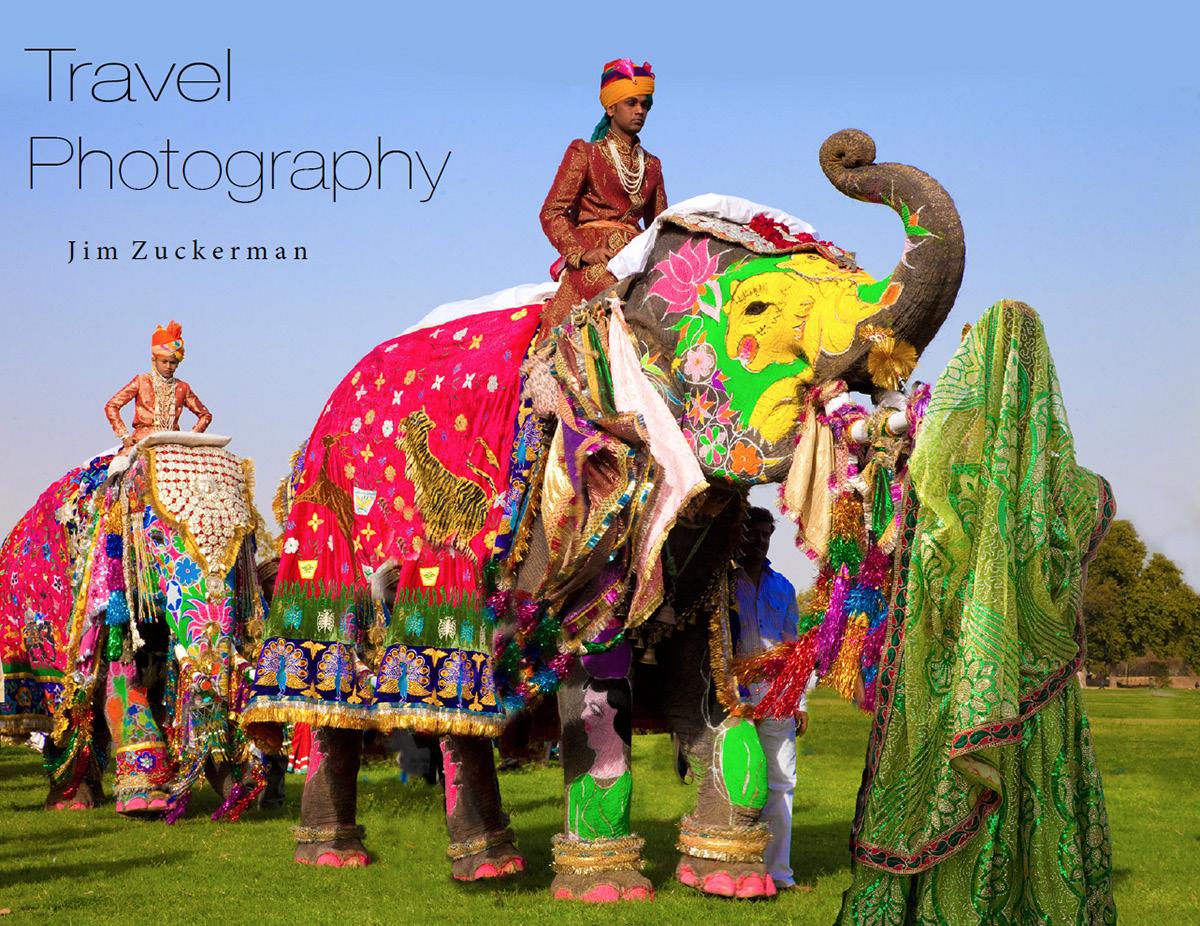

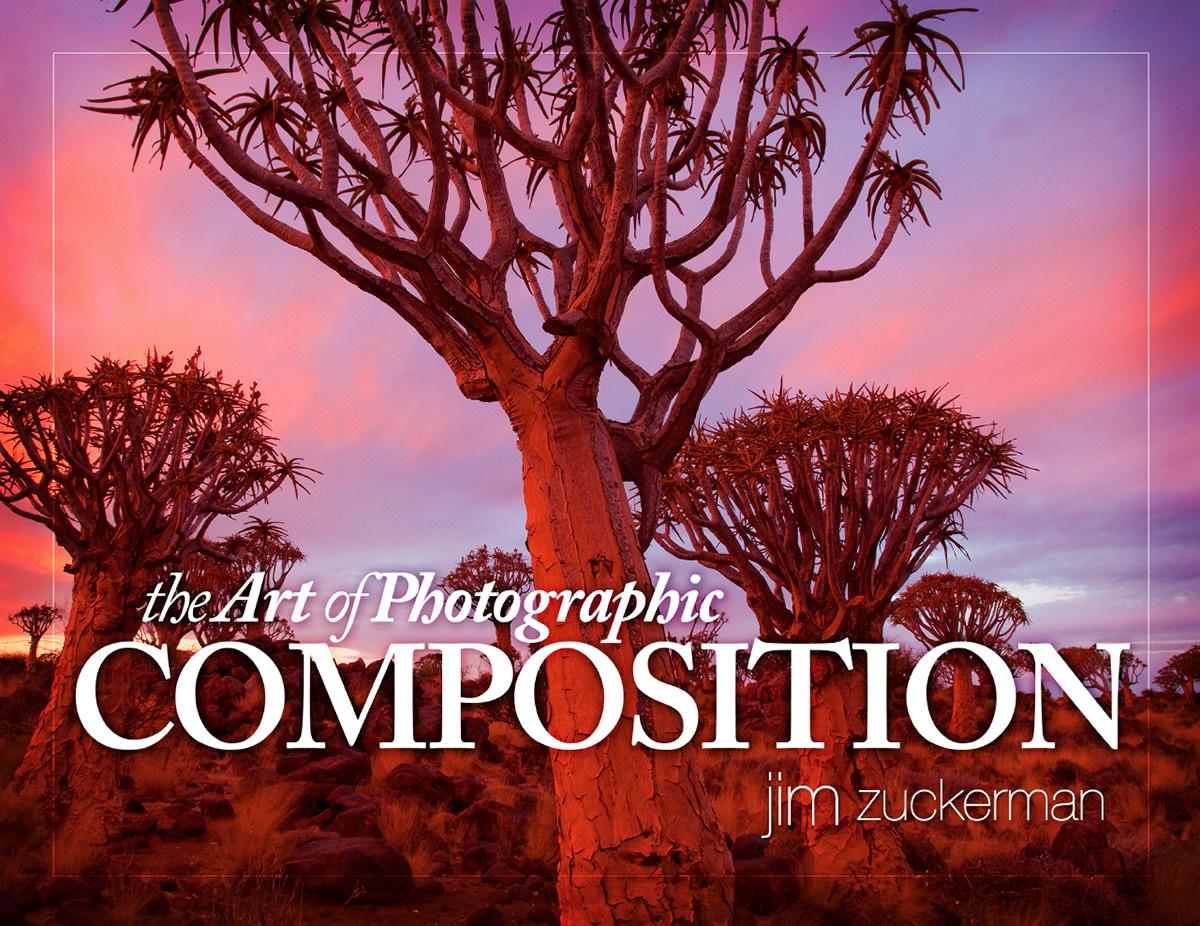

18 Expand your photographic artistry with eBooks
on any ebook to see inside 18
Click
eBooks

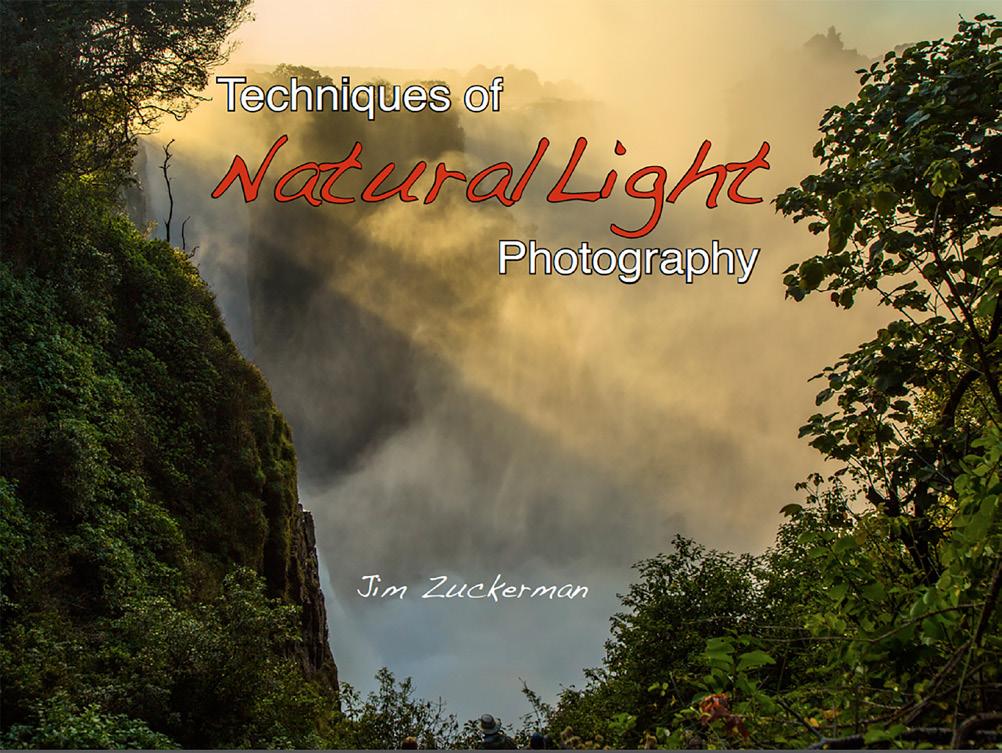



212321 212123 21 1919
continued
19
Click on any ebook to see inside
Mystical Swamps of Louisiana
October 29 - November 2, 2024


23
20
What’s wrong with this picture?
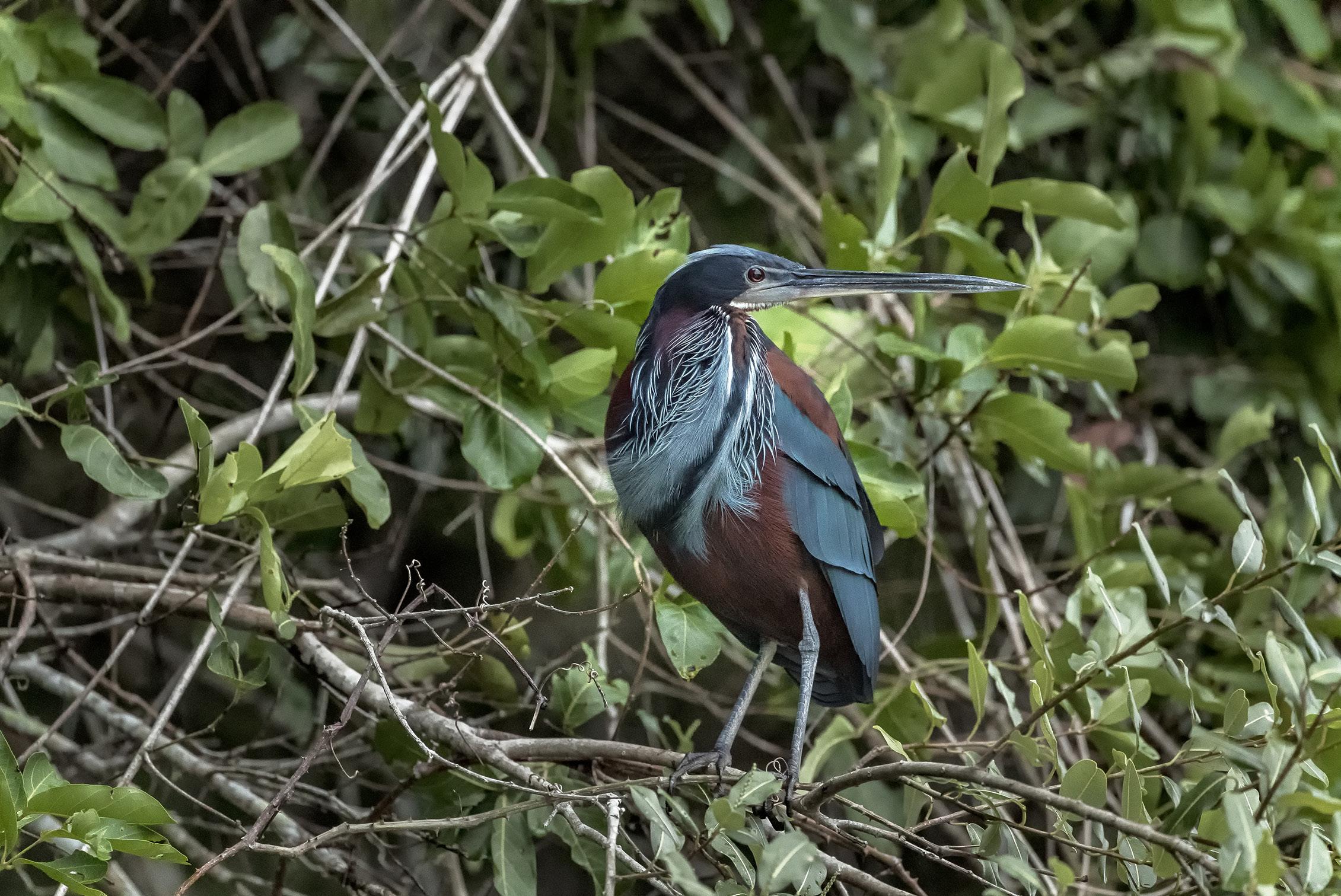
The obvious problem with this shot of an agami heron in the Pantanal region of Brazil is the very busy and distracting background. I was very happy to get a shot of this beautiful bird, but it was perched right in front of the mass of branches and leaves. Because the heron was so close to the background, there was no way I could have thrown the vegetation out of focus, even when taking this picture with a 500mm telephoto at f/5.6
You can see there was nothing to be done to save this picture at the time of shooting. Selecting an f/5.6 lens aperture on long lenses produces extremely shallow depth of field and soft backgrounds. In this image, unfortunately, the background is sharply defined because it was almost on the same plane as the bird. My only option was to address the issue in post-processing.t
21

I meticulously selected the heron using the pen tool in Photoshop. This enabled me to replace the background with a stand of trees lining the same river from which I photographed the heron, and I specifically chose in-focus elements to give a sense of place.
The biggest challenge was to find a perch. I couldn’t use the small tangle of twigs in the original image, so I selected the bottom portion of a tree from one of my earlier landscape images taken nearby along the samet river.
Since everything casts a shadow, even in diffused light, I used the burn tool to make subtle shadows beneath the feet of the bird to make it look like it was really perched on that large root. §
22
Bhutan Photo Tour
March 31 - April 10, 2025

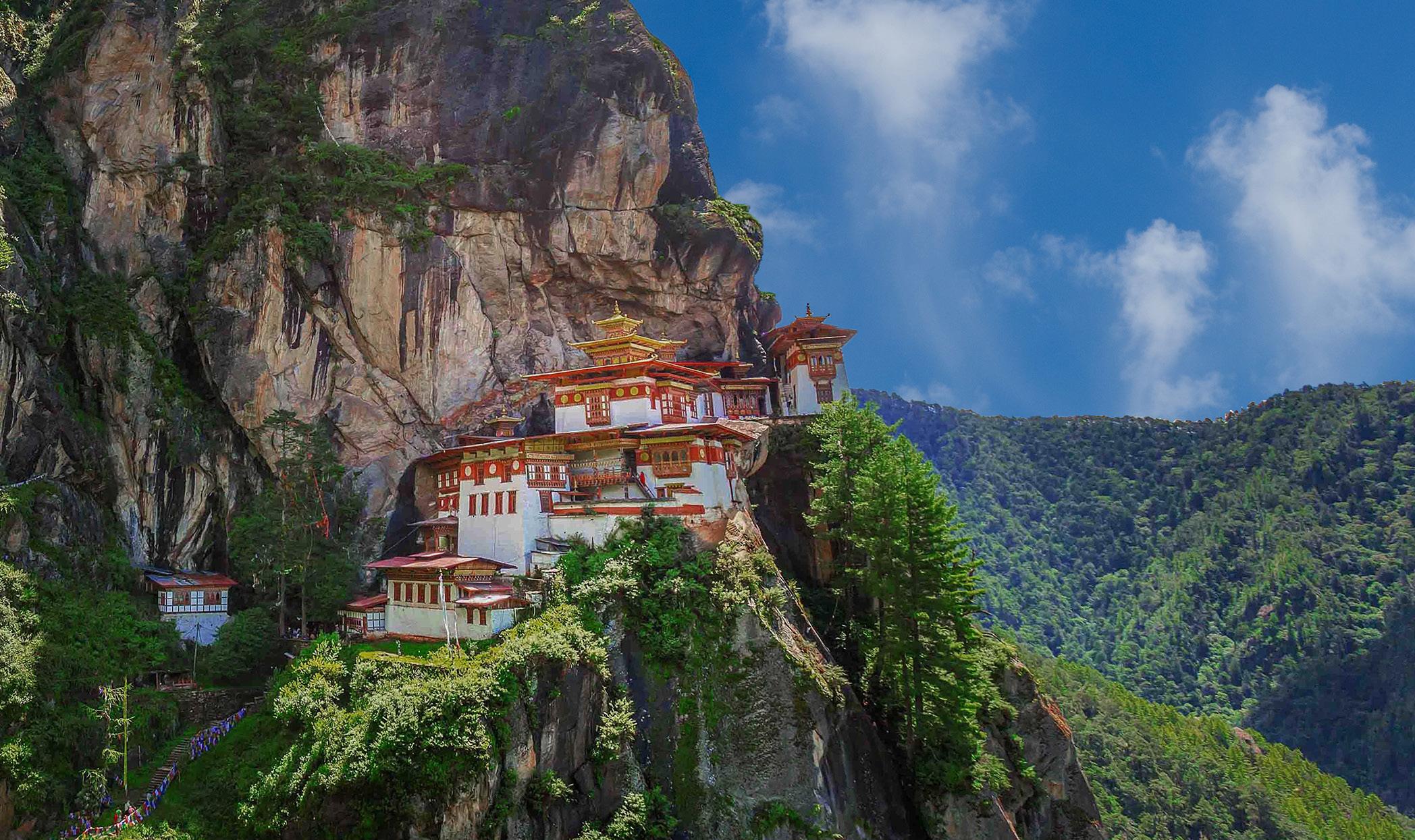
23
SHORT AND SWEET
1. Night photography of wildlife usually means you have to raise the ISO to uncomfortable heights. In post-processing use Topaz DeNoise AI and Topaz Sharpen AI to mitigate the noise so the image looks like it has good resolution and good detail. The ISO for this shot of a caiman was 12,800.

3. Usually you get a much better reflection using the Photoshop plugin, Flood (made by flamingpear.com), than by depending on the real reflection In this case, the skyline of Detroit is reflected digitally with great color and contrast instead of the real reflection in the muddy Detroit river.

2. There are 4 things that should never be prominent in a photo, especially in the foreground: dirt, gravel, asphalt, and cement. If a shot does, in fact, have one of these elements in the foreground, it’s best to darken it using the burn tool in Photoshop to make that area of the picture less obtrusive.

4. I took this picture of a panda at the Memphis zoo through a glass window. The problem with shooting through glass is not the loss of resolution; rather, it is unwanted reflections in the glass. Be aware of this. Now, reflections can be eliminated using generative fill, but it’s still best to avoid them altogether. §

24
England & Wales
September 4 - 14, 2024


25
ASK JIM
Every month, Jim answers a question from his online students, from people who participate in his tours and workshops, or from subscribers to this magazine. If you have a question you’d like Jim to answer, please drop him a note at photos@jimzuckerman.com.
Q: Jim . . . Of the three determining factors for exposure -- shutter speed, lens aperture, and ISO -which do you consider first in taking most pictures?
Marge
Lubin, Trenton, New Jersey
A: Without question it is the shutter speed. Depth of field isn’t relevant, nor is ISO, if the pictures aren’t sharp. It’s the speed of the shutter that determines whether pictures are sharp; therefore the shutter is tmy first consideration. And if I want to incorporate blur in the equation -- such as a waterfall -- again it’s the shutter that determines this. §

26
Partial List of Photography Tours 2024 - 2025
COLORADO in AUTUMN
Sept/Oct 2024

SNOWY OWLS in CANADA
Jan 2025

Oct 2024
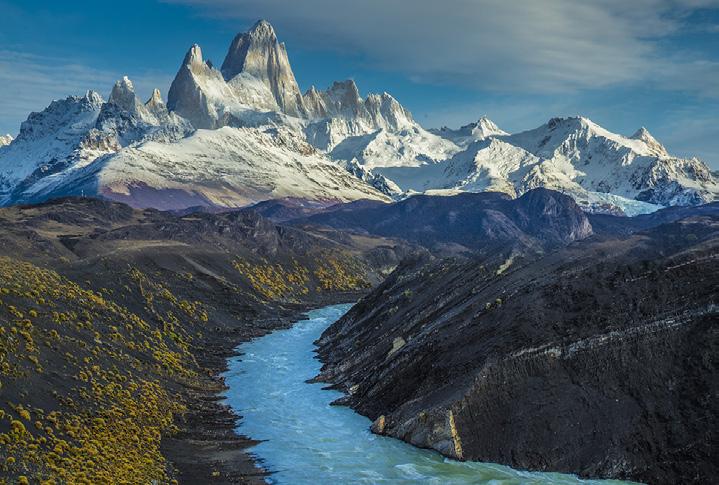
WINTER WILDLIFE
SWAMPS of LOUISIANA
Oct/Nov 2024
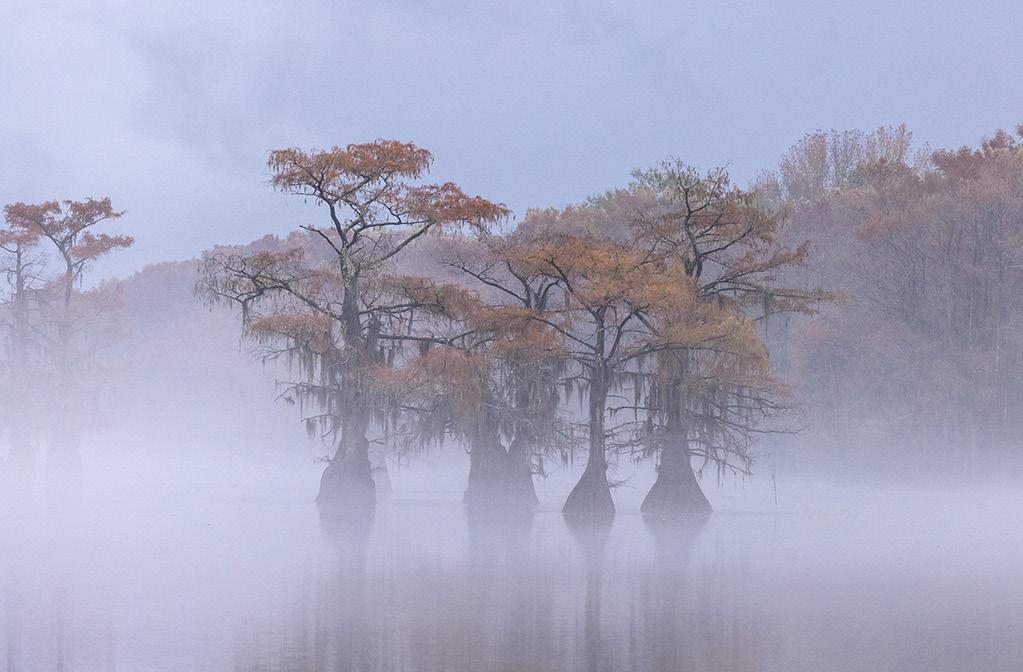
Feb 2025 GREAT GRAY OWLS, CANADA

Feb 2025 FAROE ISLANDS
Apr/May 2025

Sept 2025
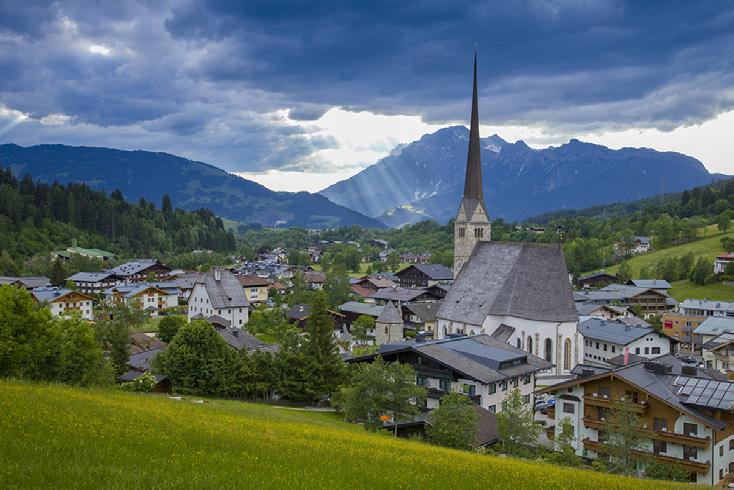
Mar/Apr 2025 PATAGONIA

Oct/Nov 2025


Nov 2025

SPAIN ECLIPSE Aug 2026

For a complete list of all the photo tours/workshops Jim conducts, go to his website: www.jimzuckerman.com.
AUSTRIA
MOROCCO
PANTANAL
BHUTAN
27
Great Gray Owls, Canada
February 16 - 21, 2025

28
Student Showcase
Each month, Jim features one student who took beautiful and inspiring images on one or more of his photography tours or workshops. It’s really fascinating how photographers see and compose such different images even though we may go to the same places. Everyone takes great photographs on Jim’s trips.
Mark Averett, Jensen Beach, Florida Snowy Owl workshop, Winter Wildlife Workshop, Birds of Costa Rica photo tour.
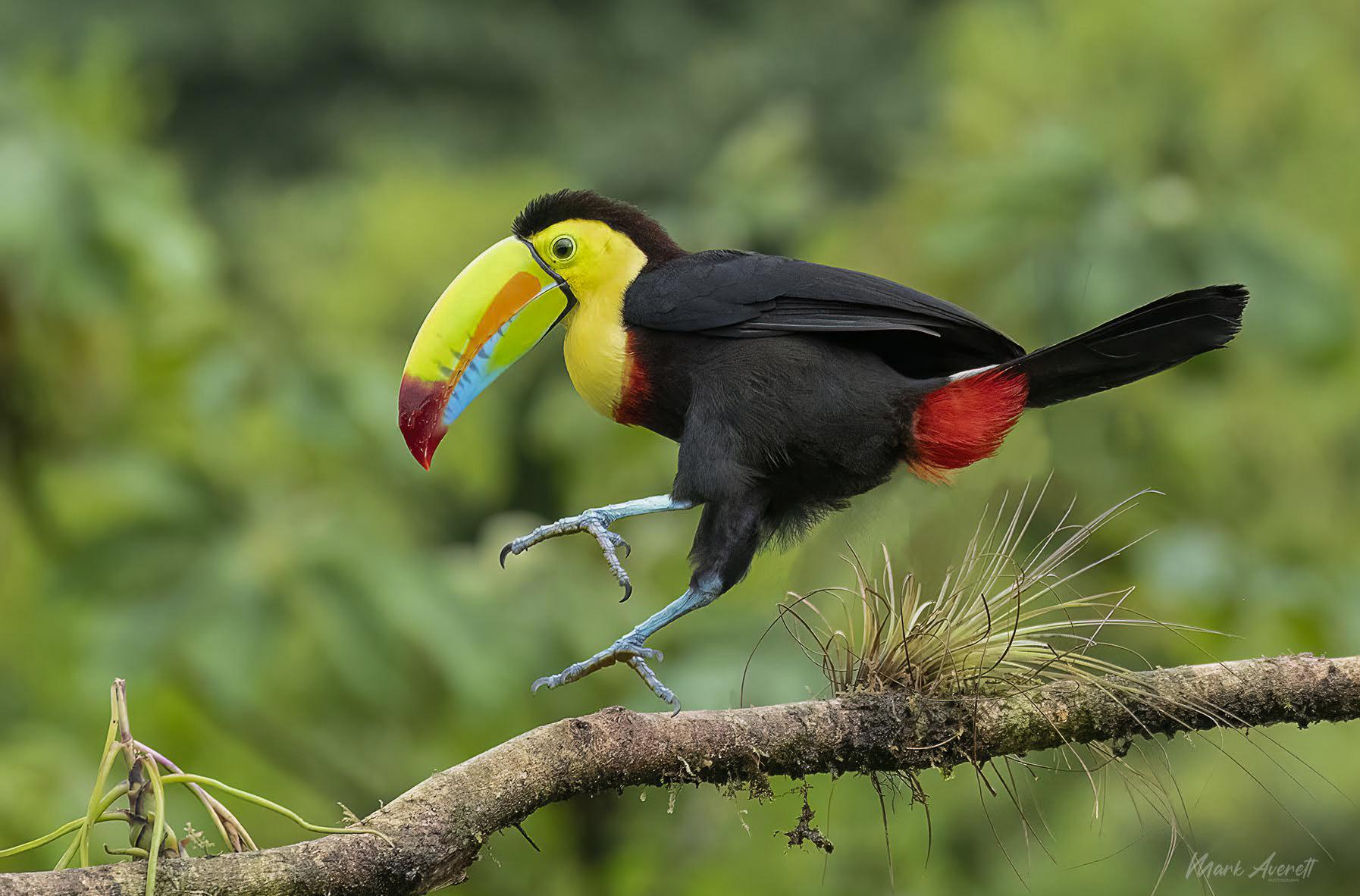

29 27 27
29
© Mark Averett
Student Showcase,


30 333131 31 29 29
continued 30
© Mark Averett
Student Showcase,

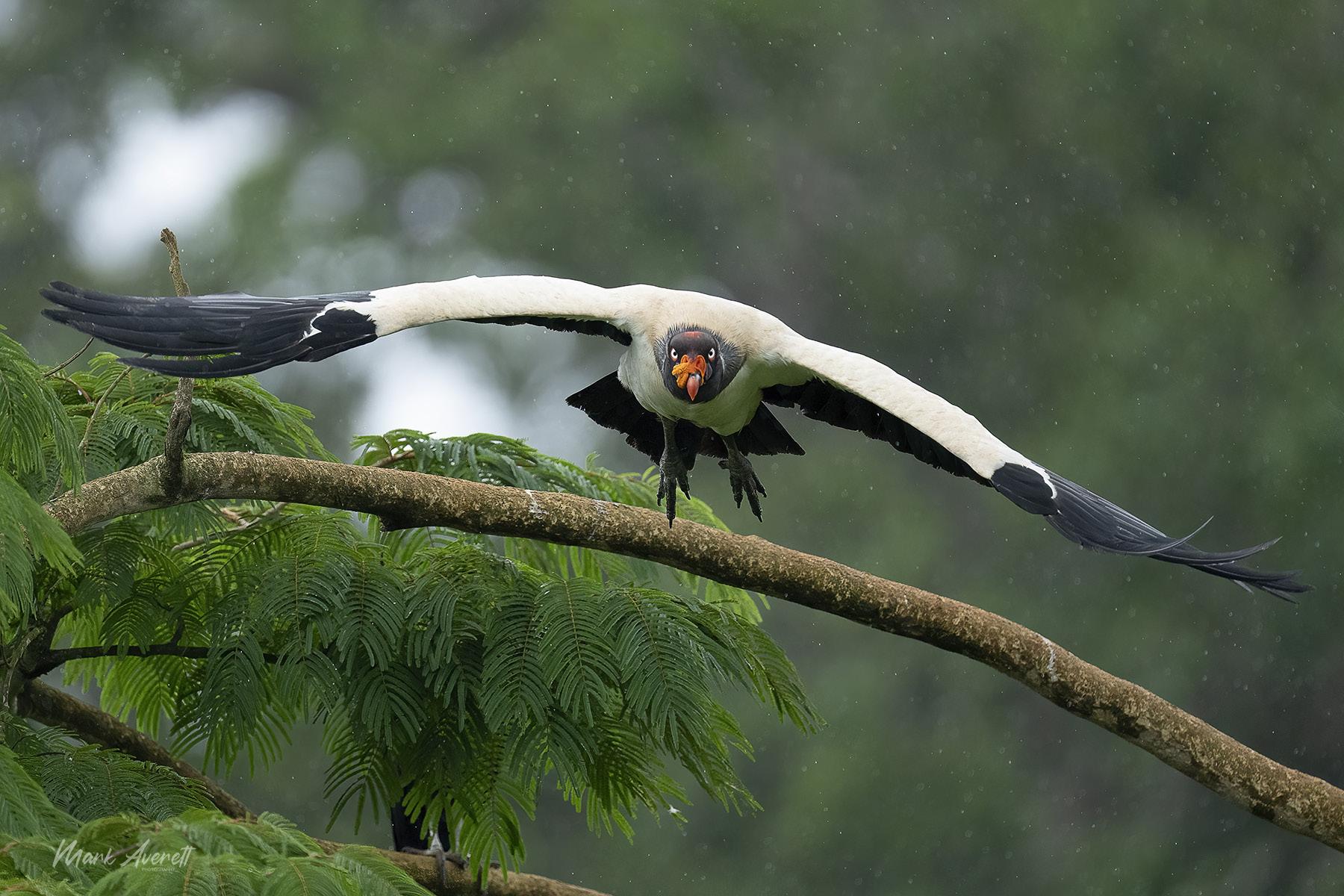 © Mark Averett
© Mark Averett
3533 31 29 293129 31 33 35 33 37
continued 31
Student Showcase,
 © Mark Averett
© Mark Averett


333333 33 31 31 33 34
continued 32
PHOTO TOUR to AUSTRIA
September 11 - 21, 2025


33
SPAIN ECLIPSE PHOTO TOUR
August 6 to 16, 2026


34






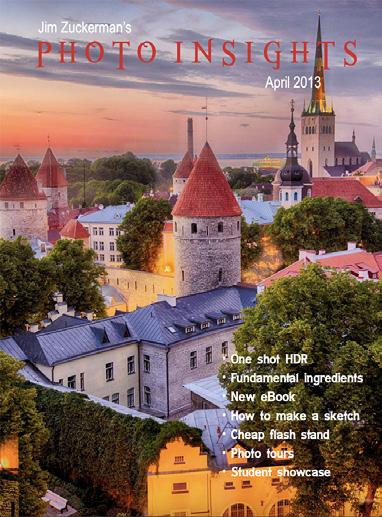

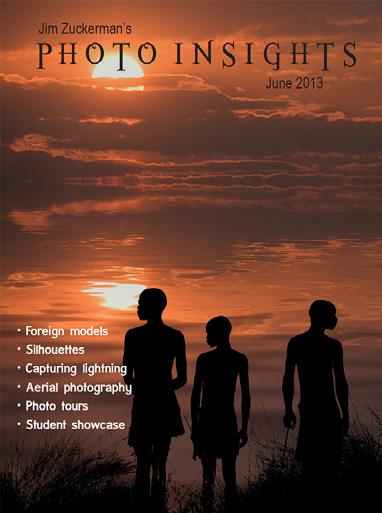









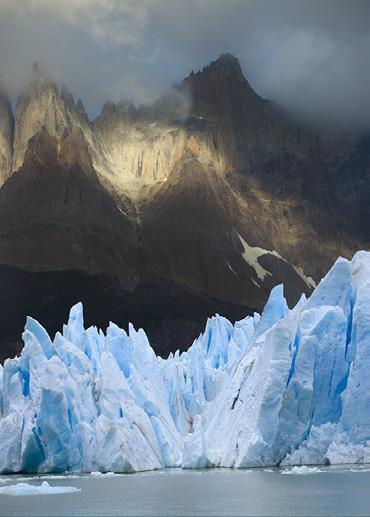


Nov. ‘12 Dec. ‘12 Jan. ‘13 Click on the past issues of P H O T O I N S I G H T S
would like to read. Feb. ‘13 Mar. ‘13 Apr. ‘13 May. ‘13 Jun. ‘13 Jul. 13 Aug. ‘13 Sept. ‘13 Feb. ‘14 Mar. ‘14 Apr. ‘14 May ‘14 Jun.‘14 Oct. ‘13 Nov. ‘13 Dec. ‘13 Jan. ‘14 35
you



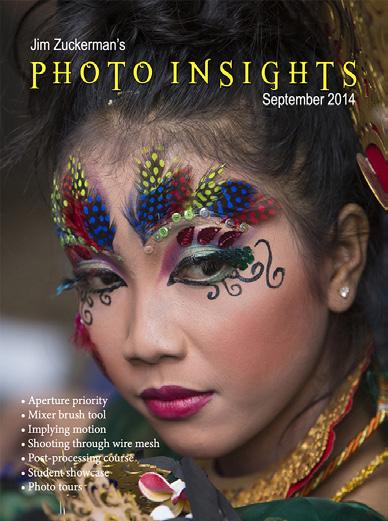
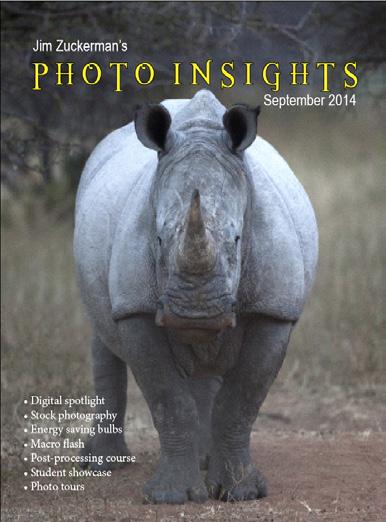

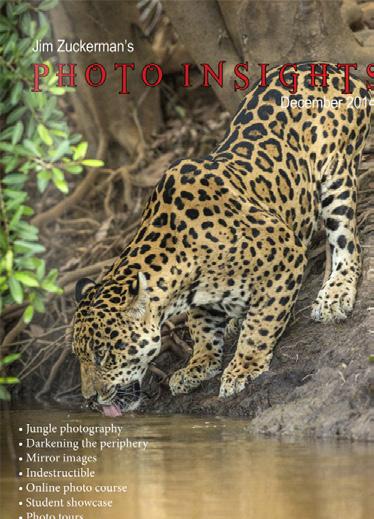


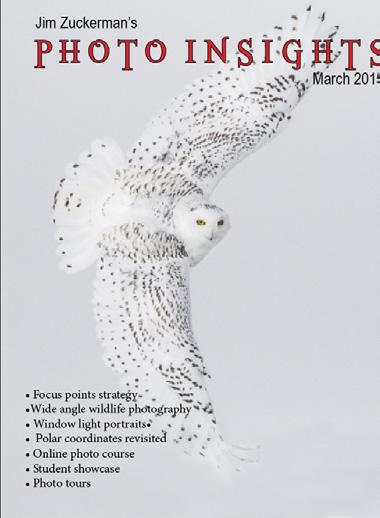

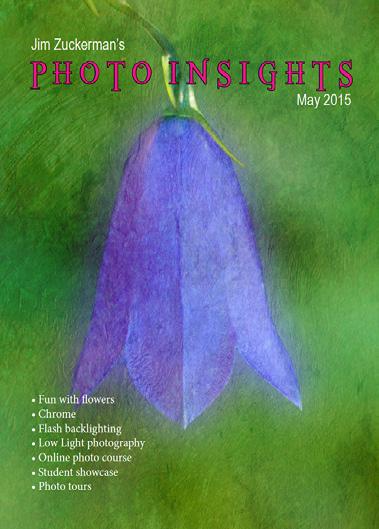

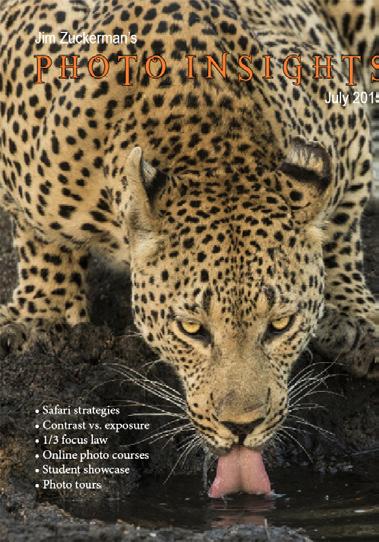
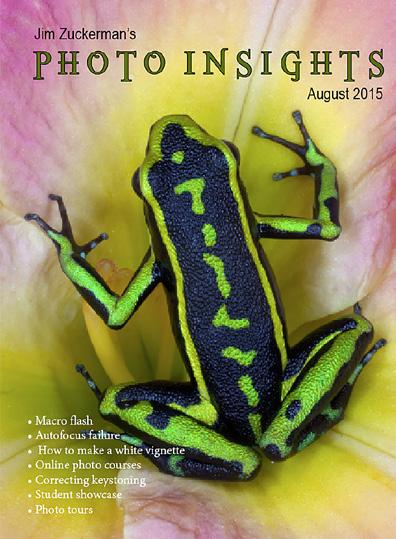






36
of P H O
Sept. ‘14 Oct. ‘14 Nov. ‘14 Dec.
May ‘15 Jun ‘15 Jul.‘15 Aug.‘15 Sept.‘15 Oct.‘15 Nov. ‘15 Dec. ‘15 Jan. ‘16 Feb. ‘16 Jan. ‘15 Feb. ‘15 Mar. ‘15 Apr. ‘15 Aug. ‘14 Jul.
Click on the past issues
T O I N S I G H T S you would like to read.
‘14
‘14




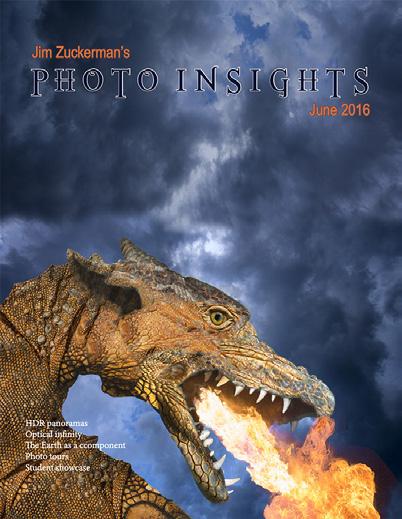

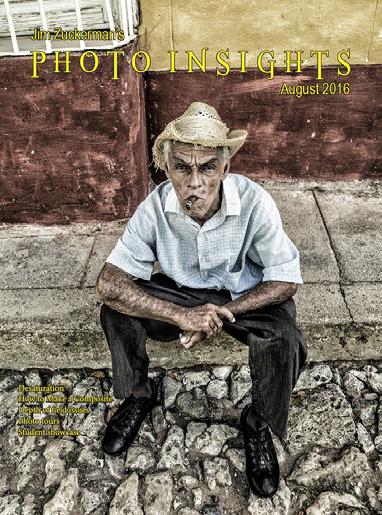






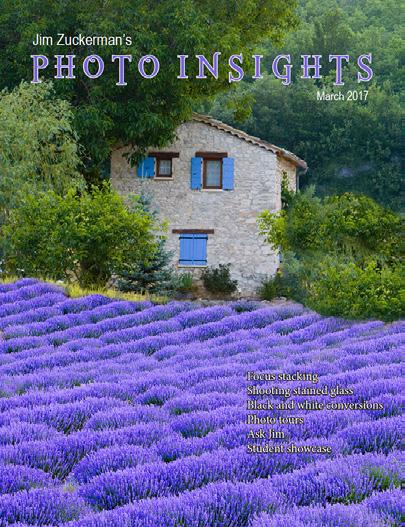






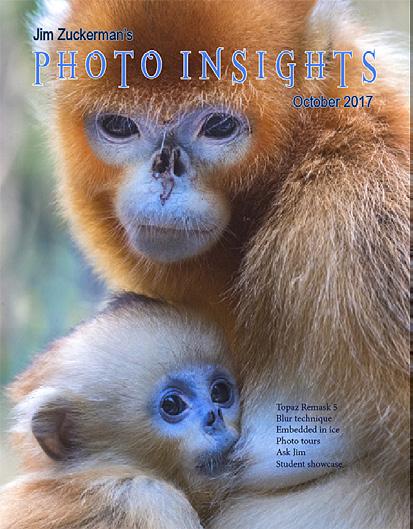
Mar. ‘16 Aug. ‘16 Jan. ‘17 Feb. ‘17 Mar. ‘17 Apr. ‘17 May ‘17 Jun ‘17 Jul. ‘17 Aug. ‘17 Sept. ‘17 Sept. ‘16 Oct. ‘16 Nov. ‘16 Dec. ‘16 Apr. ‘16 May ‘16 Jun ‘16 Jul. ‘16 Click on the past issues of P H O T O I N S I G H T S you would like to read. Oct. ‘17 37



















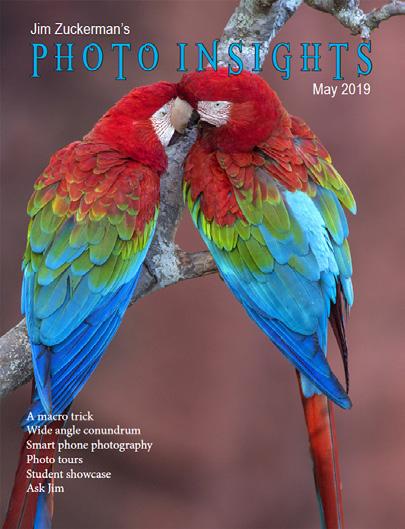

38
issues of P H O
Nov. ‘17 Dec. ‘17 Jan. ‘18 Feb. ‘18 Mar. ‘18 Apr. ‘18 May ‘18 Jun ‘18 Jul ‘18 Aug ‘18 Sept. ‘18 Oct. ‘18 Nov. ‘18 Dec. ‘18 Jan. ‘19 Feb. ‘19 Mar. ‘19 Apr. ‘19 May ‘19 Jun ‘19
Click on the past
T O I N S I G H T S you would like to read.

‘19 Jan. ‘20







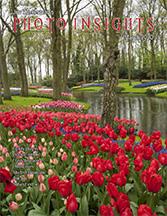


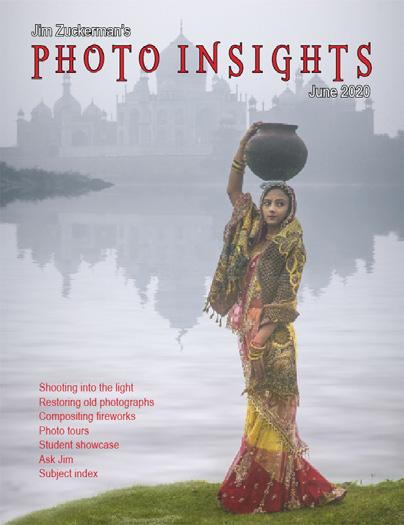







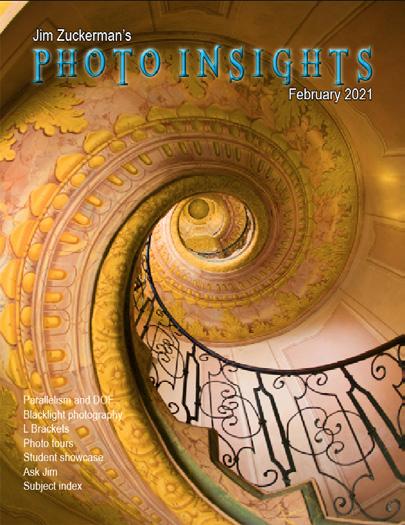

P H O
Jun. ‘20 July ‘20 Aug. ‘20 Sept. ‘20 Oct. ‘20 Nov. ‘20 Dec. ‘20 Jan.. ‘21 Feb.. ‘21 Mar.. ‘21 Feb. ‘20 Mar. ‘20 Apr. ‘20 May ‘20 Aug. ‘19 Nov. ‘19 Dec. ‘19 Sept/Oct. ‘19 39
Click on the past issues of
T O I N S I G H T S you would like to read. Jul.

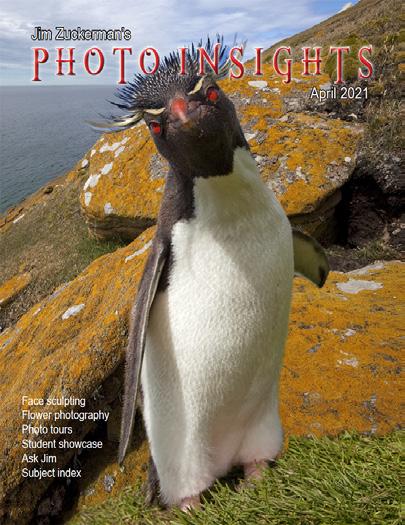
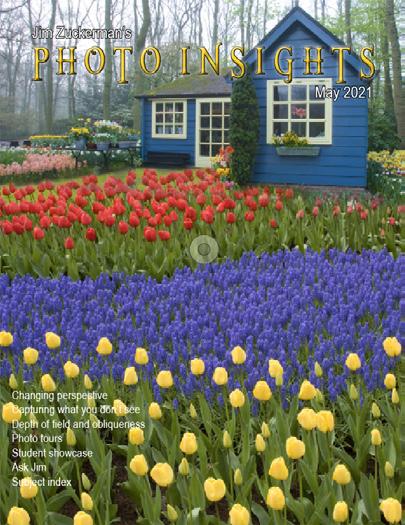




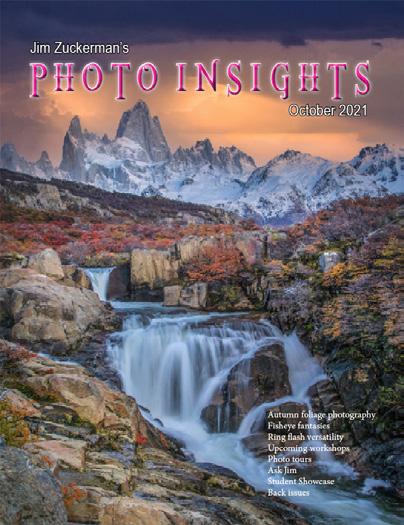
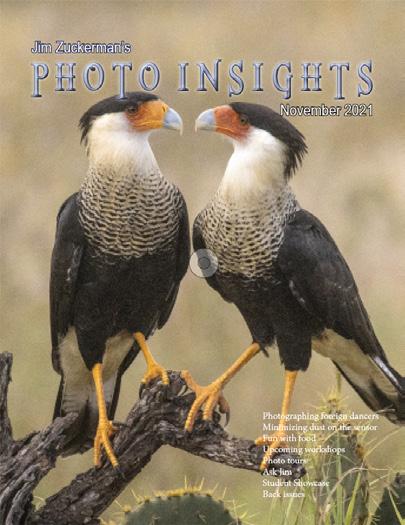


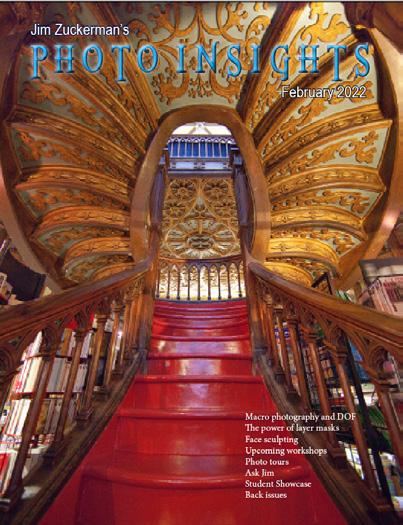

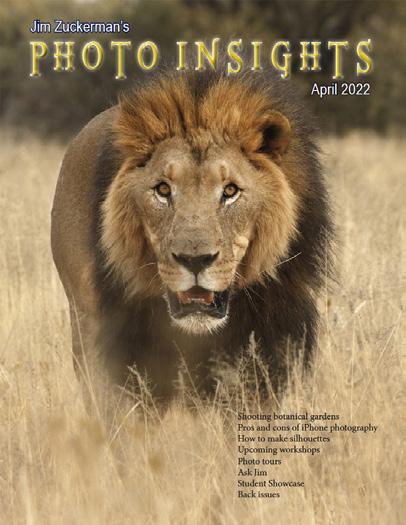







40 Apr.. ‘21 May ‘21 Jun.‘21 Jul.‘21 Aug.‘21 Sept. ‘21 Feb. ‘22 Mar. ‘22 Jul. ‘22 Aug. ‘22 Sept. ‘22 Oct. ‘22 Nov. ‘22 Apr. ‘22 May ‘22 Jun. ‘22 Oct. ‘21 Nov. ‘21 Dec. ‘21 Jan. ‘22






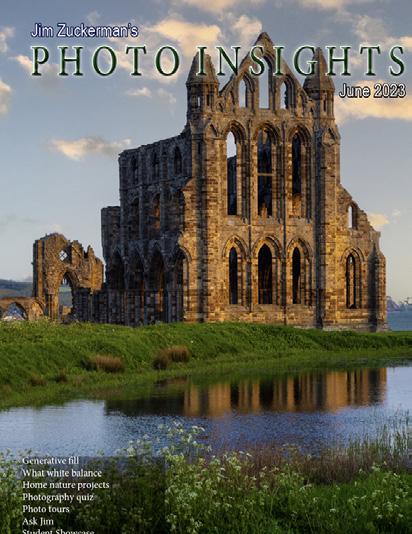








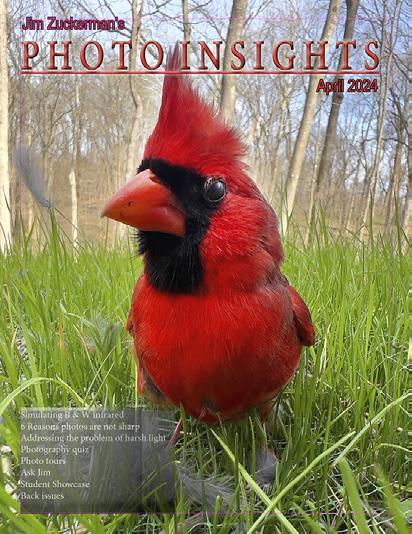


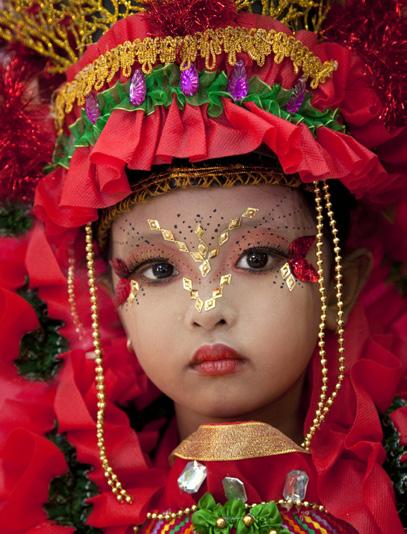

Dec. ‘22 Jan. ‘23 Feb. ‘23 Mar. ‘23 Apr. ‘23 May ‘23 Jun. ‘23 Jul. ‘23 Aug. ‘23 Sept. ‘23 Oct. ‘23 Nov. ‘23 Dec. ‘23 Jan. ‘24 Feb.. ‘24 Mar. ‘24 Apr. ‘24 May ‘24 Jun ‘24 41
Subject index for past Photo Insight issues
1/3 focus law Jul. ‘15
3D sphere Mar. ‘16
90 degree finder Mar. ‘13
Abstracts in soap Feb. ‘15
Abstracts, Shooting Mar ‘19
Aerial photography Jun. ‘13
Aerial photography Jan. ‘21
African safari May ‘16
AI plus Photograpjhy Oct. ‘23
Airplane windows Mar. ‘16
Alien landscapes Jan. ‘13
Anatomy of 8 photographs Jan. ‘16
Anatomy of an Action Shot Feb. ‘24
Angled perspectives Jan. ‘19
Aperture vs. shutter speed May ‘14
Aperture priority Sept. ‘14
Aurora Borealis Apr. ‘17
Auto white balance Dec. ‘13
Autofocus, when it fails Apr. ‘15
Autofocus failure Aug. ‘15
Autofocus failure Jan. ‘17
Autofocus challenges Apr. ‘18
Auto ISO Nov ‘17
Auto White Balance Mar’ ‘21
Autumn Foliage Sep. ‘18
Autumn Color Sep. ‘20
Autumn foliage photography Oct. ‘21
AWB versus Daylight WB May ‘24
t Back button focus Oct. ‘18
Backgrounds, wild Nov. ‘12
Backgrounds, busy Apr. ‘13
Backlighting Apr. ‘16
Backlighting Oct. ‘22
Birds in flight
Birds in flight
Aug. ‘13
Jan. ‘14
Birefringence May ‘18
Birds in flight Mar. ‘16
Birds in flight, camera settings Jan. ‘23
Bird Photography Jun ‘19
Black backgrounds Aug. ‘23
Blacklight photography Feb. ‘21
Black velvet Mar. ‘14
Black and white conversions Mar. ‘17
Black and white infrared Apr. ‘24
Black and white solarization Sep. ‘17
Black and white with color Jan. ‘20
Black and white plus color Mar. ‘23
Blown highlights Feb. ‘18
Blue monochromes Jan. ‘22
Black Plexy Aug. ‘22
Blur, field Nov. ‘18
Blur technique Oct. ‘17
Bokeh Jun. ‘15
Botanical gardens, shooting Apr. ‘22
Butterfly photography Jul. ‘14
Camera buying guidelines Dec. 21
Camera settings for landscapes Feb. ‘23
Camera setting priorities Jun. ‘17
Canon R5 Mar. ‘21
Capturing lightning Jun. ‘13
Capturing lightning Jun. ‘24
Capturing what you don’t see May ‘21
Catchlights Jul. ‘16
Changing perspective May ‘21
Cheap flash stand Apr. ‘13
Children photography Jun. ‘14
Choosing a telephoto lens Dec. ‘20
Chromatic aberration May ‘13
Chrome Dec. ‘18
Cityscapes Aug. ‘14
Cityscapes May ‘16
Clone tool, fixing an issue Sep. ‘17
Clone tool technique Jul. ‘20
Color theory Nov. ‘23
Composites and Light Dec. ‘17
Composites, Secrets to perfect Jun. ‘24
Compositing images Apr. ‘19
Compositing, 7 steps Jan. 22
Composition, different approach Jan. ‘15
Content-aware, New Aug. ‘20
Content aware move tool Jan. ‘23
Contrast vs. exposure Jul. ‘15
Converting to black and white Mar. ‘22
Correcting keystoning Jun. ‘21
Creating a star field Jan. ‘14
Creating Art out of Motion May ‘22
Creating a Sketch Dec. ‘17
Creative blurs Jan. ‘14
Custom functions Jul. ‘23t
Dark backgrounds Nov. ‘19
Dawn photography Jan. ‘17
Dawn photography Feb. ‘17
Dead center Jan. ‘13
Dead center Oct. ‘23
Dealing with smog Oct. ‘16
Decay photography Sep. ‘15
Define Pattern Sep. ‘18
Depth of field Aug. ‘16
Depth of field confusion Jan. ‘20
Depth of field and distance Dec. ‘18
Depth of field and obliqueness May ‘21
Depth of field, shallow Apr. ‘20
Depth of field vs. sharpness Nov. ‘20
Double takes Apr. ‘20
Drone photography Mar. ‘23
Drop shadows Apr. ‘19
Dust, Minimizing Aug. ‘19
eBook, how to make Jan. ‘13
Elevated vantage points Aug. ‘23
Eliminating people from photos Jun. ‘22
Embedded in Ice Oct. 17
Energy saving bulbs Sep. ‘14
Equidistance and telephoto lenses Apri. ‘23
Exploring the power visuals of AI Mar. ‘23
Exposing for the sun Sep. ‘16
Exposure, the sun Jul. ‘13
Exposure technique Sep. ‘13
Exposure, snow Jan. ‘14
Exposure triangle Nov. ‘14
Exposure, to the right Apr. ‘15
Exposure compensation Sep. ‘16
Exposure compensation Mar. ‘21
Extension tubes Dec. ‘13
Extension tubes Jul. ‘23
Face sculpting Apr. ‘21
Face sculpting Feb. ‘22
Festival photography Sep. ‘20
Fill flash Sep. ‘13
42
Subject index for past Photo Insight issues
Filter forge
Fireworks
Feb. ‘13
Jul. ‘13
Fireworks, Compositing Jun ‘20
Fisheye lenses
Fisheye lenses
Fisheye fantasies
Flash backlighting
Flash, balancing exposure
Flash, balancing off-camera
Flat art
Flexify 2
Flood fixes problems
Floral Portraits, Indoors
Flowers
Flower photography
Flowers in harsh light
Focus on the eyes
Focus points
Focus points
May ‘13
Feb. ‘15
Oct. 21
May ‘15
Oct. ‘15
Dec. ‘18
Sep. ‘16
Mar. ‘20
Nov. ‘19
Aug. ‘21
May ‘15
Apr ‘21
Jul. ‘16
Dec. ‘20
Mar. ‘15
Sep. ‘20
Focus stacking Mar. ‘17
Focus stacking Aug. ‘19
Focusing in the dark Oct. ‘16
Foreign Dancers, Photographing Nov’ 17
Foreign models
Jun. ‘13
Fractals, generating Sep. ‘13
Fractals
Framing
Framing
Freezing ultra action
Jul. ‘19
May ‘17
Jan. ‘24
May ‘17
From Terrible to Beautiful Aug. ‘19
Fun with paint
Fundamental ingredients
Oct. ‘16
Apr. ‘13
Fundamentals That Make Great Photos Jan. ‘19
Fun With Christmas Lights Jan. ‘21
Fun with Food
Graphic Design
Garish imagery
Generative fill
Jul. ‘20
Dec. ‘15
Jun. ‘23
Getting money for used gear Jan.’ 22
Getting the blues out Dec. ‘23
Great subjects Apr. ‘15
Great ceilings & HDR Panos Jul. ‘19
Green screen Mar. ‘13
Ground level shooting Oct. ‘22
Grunge technique Feb. ‘13
Harsh light, the problem of Apr. ‘24
Heavy Lens Debate, The Feb. ‘23
HDR, one photo Apr. ‘13
HDR at twilight May ‘13
HDR, realistic
Jun. ‘15
HDR, hand held Dec. ‘16
HDR, hand held Nov ‘17
HDR, hand held Jul. ‘18
HDR panoramas Jun. ‘16
HDR, choosing the number of frames Jun. ‘22
High wind Apr. ‘17
Highlights Apr. ‘14
Highlights, overexposed Feb. ‘15
Histograms, Why I Don’t Use Jun ‘19
Histogram problems Apr. ‘20
Home nature projects Jun. ‘23
Hotels with a view Mar. ‘20
Humidity Oct. ‘13
Hummingbird photography Apr. ‘13
Hyperfocal distance Jul. ‘13
Image resizing Aug. ‘18
Implying motion Sept.‘14
Impossible DOF Feb. ‘16
Impossible DOF Jan. ‘17
Indestructible camera bag Dec. ‘14
Infrared photography Jul. ‘14
Insane ISO settings Dec. ‘22
Interiors Oct. ‘15
iPad: Loading photos Aug.‘17
iPhone photography, pros and cons Apr. ‘22
Jungle photography Dec. ‘14
Kaleidoscopic images Jan. ‘15
Kaleidoscopis images Aug. ‘20
Keystoning Nov. ‘23t
Keystoning, correcting Aug. ‘15
L Bracket Feb. ‘18
L Bracket Feb. ‘21
Landscape photography Dec. ‘12
Landscape photography Apr. ‘14
Landscape photography Nov. ‘16
Layer Masks, The Power of Feb. ‘22
Lessons Learned from Extreme Cold Feb. ‘24
Light fall-off Feb. ‘14
Light painting Dec. ‘21
Lighting a face Oct. ‘13
Lightning photography May ‘20
Liquify Feb. ‘18
Liquify Distortions Sept/Oct. ‘19
Lenses, Essential Aug. ‘23
Long lens portraits Oct. ‘18
Long Lenses for Flowers Jul. ‘20
Low light photography May ‘15
Luminar 4 Jan. ‘20
Macro flash Nov. ‘12
Macro flash Sep. ‘14
Macro flash Aug. ‘15
Macro flash Aug. ‘22
Macro photography and DOF Feb. ‘22
Macro trick May ‘19
Managing soft focus Jul. ‘21
Mannequin heads Apr. ‘16
Metering modes Nov. ‘16
Meters, How They Work Jul. ‘18
Meters, when they fail Dec. ‘16
Metering situations, Impossible Jul. ‘19
Middle gray Nov. ‘15
Milky Way, Shooting thet
Minimizing dust on the sensor Nov. ‘21
Mirrors Jan. ‘19
Mirror images May ‘23
Model shoot Jan. ‘17
Moon glow Oct. ‘16
Mosaics Jun. ‘17
Mundane to Ideal Nov. ‘19
Museum photography Mar. ‘13
Natural Light Portraits Aug. ‘21
Negative space Jan. ‘16
Neon edges on black Aug. ‘14
43
Optical infinity
Subject index for past Photo Insight issues
Jun. ‘16
Neutral Density filters Jun. ‘18
New depth of field preview Mar. ‘24
New shooting style Mar. ‘24
Neutral Density filters and water Mar. ‘22
Night photography Feb. ‘14
Night Safaris Jun. ‘18
Night to Twilight Dec. ‘17
Noise reduction Feb. ‘17
Off-camera flash
Jan. ‘24
Oil and water May ‘20
Organization of photos Mar. ‘18
Out of focus foregrounds Jan. ‘20
Paint abstracts May ‘13
Paint abstracts Aug. ‘21
Painting with light Sep. ‘15
Panning motion Dec. ‘16
Pano-Mirrors with a twist Jan. ‘18
Parades Sep. ‘13
Parallelism Nov. ‘19
Parallelism and DOF Feb. ‘21
Perspective, Super Exaggeration of Dec. ‘21
Photo shsaring Apr. ‘23
Photo terms Nov. ‘22
Photographing Christmas Dec. ‘23
Photography to Art Dec. ‘17
Photography solutions Jan. ‘18
Photoshop, content Aware Nov. ‘12
Photoshop, sketch technique Apr. ‘13
Photoshop, replace background Apr. ‘13
Photoshop, actions palette Dec. ‘13
Photoshop, layer masks Feb. ‘13
Photoshop, the clone tool May ‘13
Photoshop, soft foliage Oct. ‘13
Photoshop, mixer brush tool Sept. ‘14
Photoshop, b & w with color Jun. ‘14
Photoshop, drop shadows Jul. ‘14
Photoshop, creating texture Feb. ‘14
Photoshop, face mirrors Feb. ‘14
Photoshop, liquify Mar. ‘14
Photoshop, face mirrors Aug. ‘14
Photoshop, digital spotlight Sep. ‘14
Photoshop, enlarge eyes Nov. ‘14
Photoshop, darken the periphery Dec. ‘14
Photoshop, mirror images Dec. ‘14
Photoshop, beam of light Apr. ‘15
Photoshop, polar coordinates Mar. ‘15
Photoshop, chrome May ‘15
Photoshop, actions palette Nov. ‘15
Photoshop, cut and paste Nov. ‘15
Photoshop, geometrics Oct. ‘15
Photoshop, plugins Oct. ‘15
Photoshop, multiple selections Apr. ‘16
Photoshop, sharpening Apr. ‘16
Photoshop, Flood plugin Apr. ‘16
Photoshop, Desaturation Aug. ‘16
Photoshop, making a composite Aug. ‘16
Photoshop new tool May ‘20
Photoshop, place one element behind Aug. ‘18
Photoshop, the pen tool Feb. ‘16
Photoshop, canvas size Jan. ‘16
Photoshop, using the earth Jun. ‘16
Photoshop, define patterns May ‘16
Photoshop, paste into Nov. ‘16
Photoshop, b & w with color Feb. ‘17
Photoshop, open a closed door Apr. ‘17
Photoshop, palettes May ‘17
Photoshop, My favorite plugins Jan. ‘20
Portrait options Jan. ‘19
Portrait techniques Nov. ‘15
Portraits Mar. ‘13
Portraits, mixed lighting Aug. ‘14
Portrait Professional Nov. ‘19
Portraits, Lens choice Sept/Oct. ‘19
Portraits, side lighting Sep. ‘17
Portraits, window light Mar. ‘15
Portraits, outdoors May ‘17
Post-processing checklist Dec. ‘13
Post-processing: Contrast Aug. ’17
Practicing graphic design, Part I Dec. ‘22
Practicing graphic design, Park II Jan. ‘23
Practicing graphic design, Part III Feb. ‘23
Pre-capturing technology May ‘23
Predictive Focus Sep. ‘18
Problem/solution Apr. ‘17
Problem Solving in Photoshop May ‘22
Problem with cruises Jan. ‘18
Protecting extremeities from the cold Dec. ‘22
Protecting highlights Dec. ‘12
Puppies Jan. ‘15
Puppy photography Feb. ’18
Reflections Feb. ‘13
Reshaping faces Oct. ‘22
Restoring old photos Jun ‘20
Ring flash, advantages Jul. ‘21
Ring flash versatility Oct. ‘21
Rule of Odds May ‘22
Safari May ‘13
Safari strategies Jul. ‘15
Seeing as the lens does Nov. ‘14
Seeking Cool Snow Photos Jan. ‘21
Selective filtering Mar. ‘18
Selective focus Jun. ‘15
Self-critiques Jul. ‘13
Self-critiques Oct. ‘13
Self-critiques Nov. ‘20
Sensor cleaning Jun. ‘18
Sepia and dark contrast Jun. ‘15
Sepia, Traditional look of Shade May ‘14
Shady side Jun. ‘18
Shadows define the shot Dec. ‘23
Shadows, Paying Attention to Mar. ‘18
Sharp, 6 reasons why photos are not Apr. ‘24
Sharpness problems Mar. ‘14
Shooting in Inclement Weather Nov. ‘22
44
Subject index for past Photo Insight issues
Shooting thru glass May ‘24
Shooting through textured glass May ‘23
Shooting through wire mesh Sept. ‘14
Shooting into the light Jun ‘20
Side lighting Jan. ‘24
Silhouettes Jun. ‘13
Silhouettes, How to make Apr. ‘22
Silhouettes, Exposing for Sept/Oct. ‘19
Silvered landscapes Mar. ‘20
Sketch, How to Make Jun ‘19
Skies make or break a picture Aug. ‘21
Sky replacement Nov. ‘20
Sky replacement strategies Aug. ‘22
Snow exposure Nov ‘17
Snow exposure Nov. ‘19
Soap abstracts Aug. ‘23
Soft light Jan. ‘13
Smart phone photography May ‘19
Stained glass Mar. ‘17
Star photography
Star photography and noise Jan. ‘18
Stock photography Sep. ‘14
Sunrise & sunset Jan. ‘19
Tamron 150-600mm Apr. ‘14
Ten reasons photos are not sharp Jan. ‘19
Texture, Adding Mar ‘19
Texture Mapping in 3D Jul. ‘21
Topaz AI Gigapixel Mar ‘19
Topaz glow Jan. ‘15
Topaz glow Sep. ‘17
Topaz Impression Sep. ‘15
Topaz Remask 5 Oct. ‘17
Topaz Simplify 4 Dec. ‘12
Topaz simplify 4 Jun. ‘14
Topaz Studio Apr. ‘18
Total solar eclipse, How to shoot Mar. ‘24
Translucency & backlighting Nov. ‘18
Travel photography Feb. ‘13
Travel portraits Mar. ‘14
Travel tips Apr. ‘14
Travel photographer’s guide Jun. ‘17
Tripods, not allowed Jun. ‘24
Tweaking exposure on the fly Apr. ‘23
Twilight photography in the rain Apr. ‘19
Twilight, Creating Oct. ‘23
Tripods Mar. ‘18
Two subject sharp rule May ‘14
Two subject focus rule Jan. ‘20
Two subject focus rule Jun. ‘21
Urban heights Jun. ‘21
Ultra distortion May ‘18
Unusual Panos Nov. ‘22w
Upside Down Reflections Aug. ‘21
Quiz answers
1. a 2. c 3. b 4. a 5. c 6. d 7. a 8. b 9. at 10. a
Your score 90% - 100%: You could have been a pro
- 89%: Your glasses probably need a new prescription
- 79%: Just don’t quit your day job
< 70%: You should really be using an iPhone
80%
70%
45
Subject index for past Photo Insight issues
Warm fingers in winter
Water drop collisions
Nov. ‘15
May ‘18
What NOT to do in photography Apr. ‘18
When You Needed a Zoom
White on White
Aug. ‘21
Dec. ‘20
White on White Nov. ‘23
White vignette Aug. ‘15
White balance Feb. ‘15
White balance, custom Mar. ‘16
White balance, What Jun. ‘23
Wide angle conundrum May ‘19
Wide angle distortion, correcting May ‘24
Wide angle lenses
Mar. ‘13
Wide angle portraits Nov. ‘14
Wide angle lenses Jun. ‘17
Wide angle lenses: Outside the Box Jun. ‘22w
Wide angle keystoning Nov ‘17
Wildlife photos with wide angles Mar. ‘15
Window light Dec. ‘15
Window light portraits Aug. ‘18
Window light portraits Feb. ‘24
Window frames Feb. ‘16
Winter photography Dec. ‘12
Winter bones May ‘13
Winter photography Dec. ‘15
Winter photography Nov. ‘18
Wire Mesh, Shooting Through Jul. ‘18
Workflow
May ‘13
47

PHOTO INSIGHTS published monthly by Jim Zuckerman All rights reserved © Jim Zuckerman 2024 email: photos@jimzuckerman.com Edited by Donald Moore Parasaurolophus composited with a tropical landscape in Costa Rica. 48




































































 © Mark Averett
© Mark Averett
 © Mark Averett
© Mark Averett























































































































































